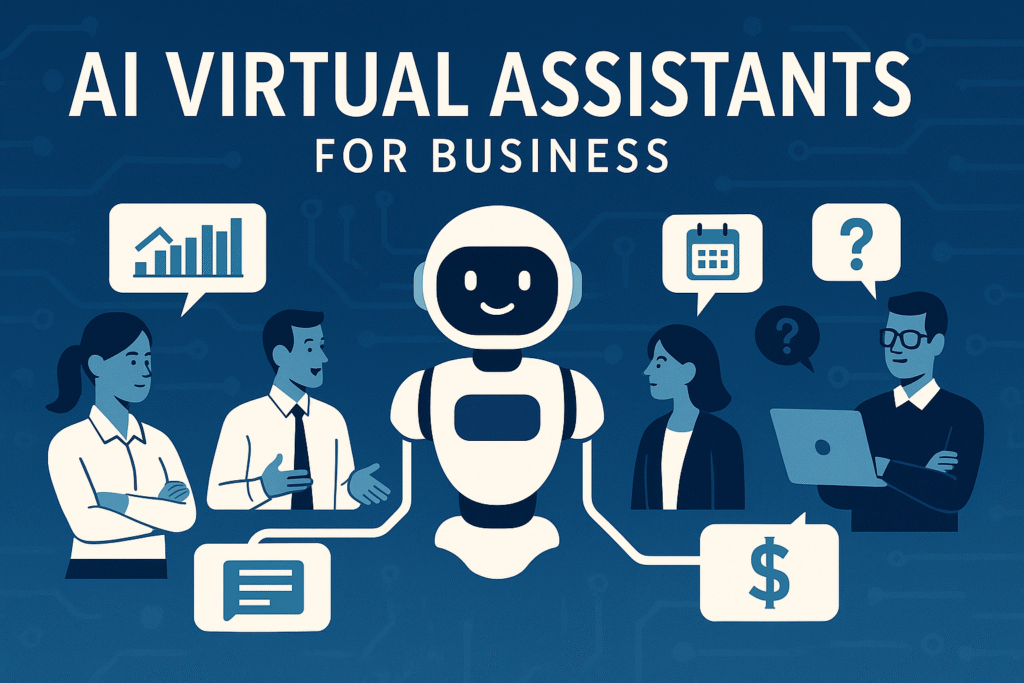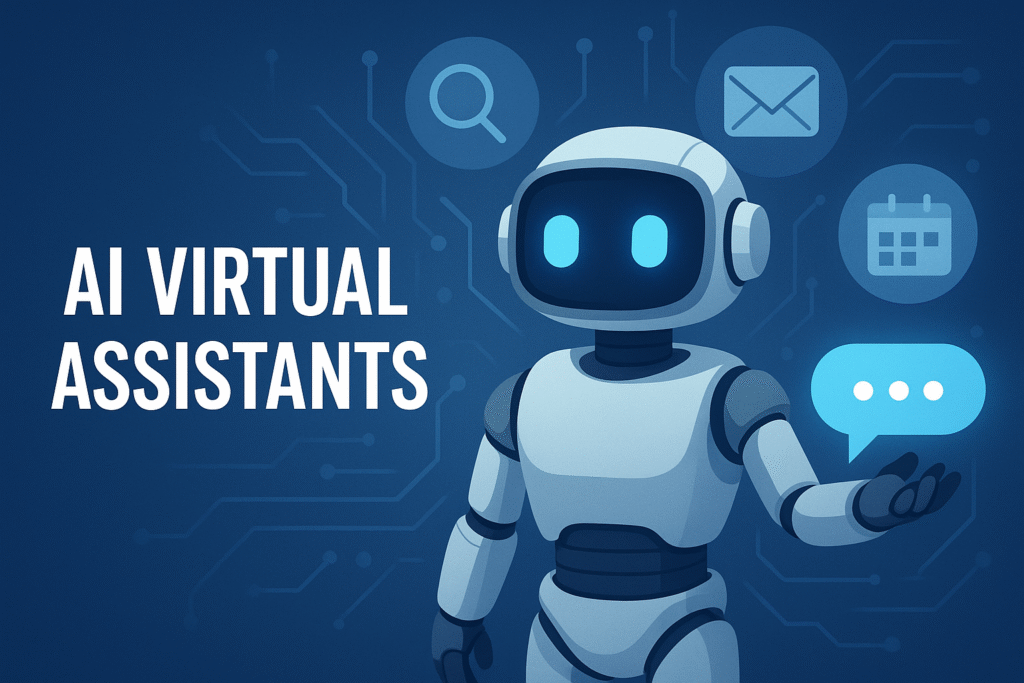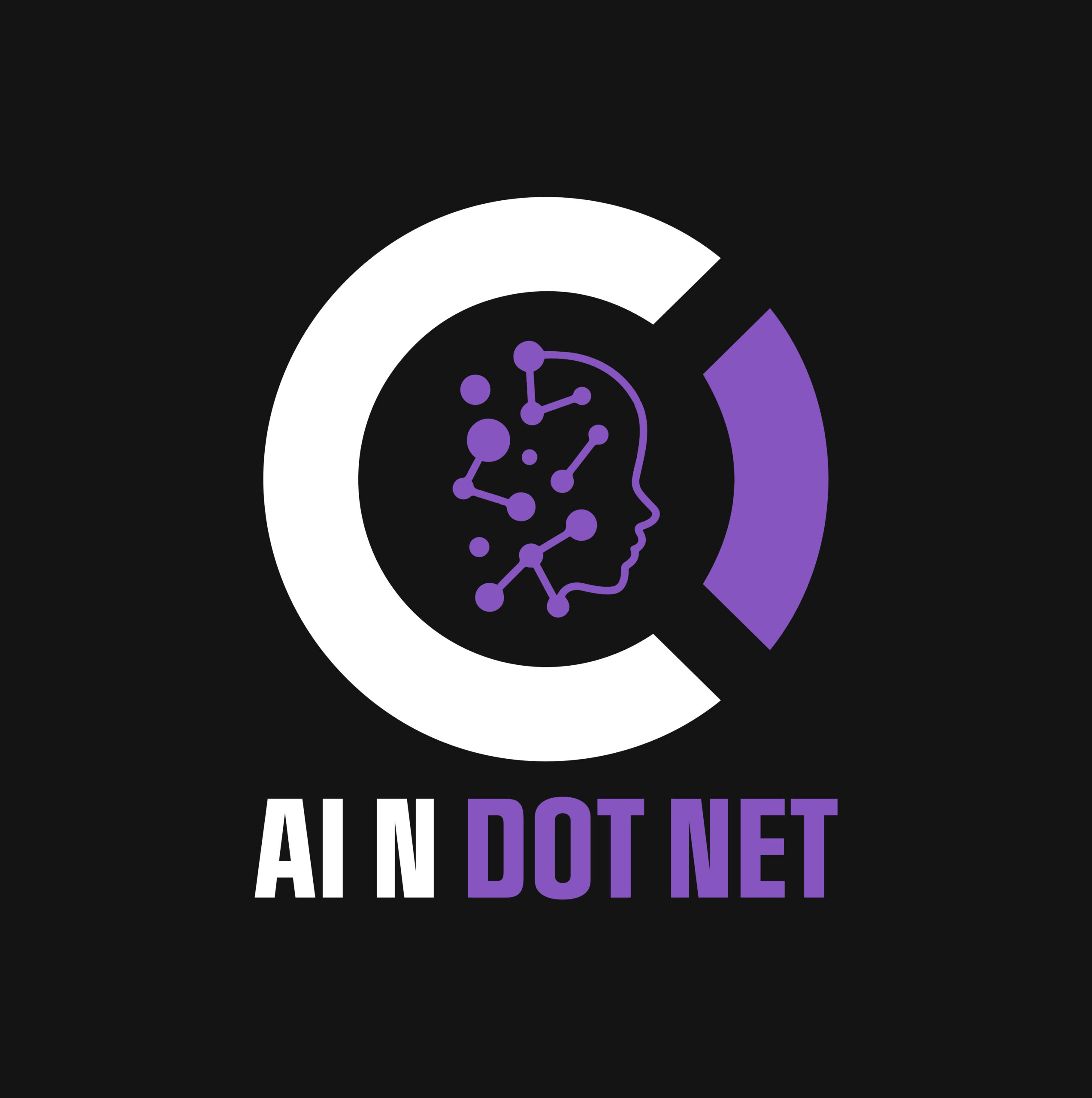AI Virtual Assistants for Business: Enterprise-Ready, Microsoft-Powered
A well-designed AI assistant can save time, reduce friction, and become the most reliable teammate in your organization.
AI Virtual Assistants are no longer experimental. When built with the right design principles and Microsoft-native tools, they become scalable, secure, and deeply integrated into your business operations.
What Is an AI Virtual Assistant?
An AI virtual assistant is a system—often voice- or text-driven—that performs tasks, answers questions, retrieves information, or completes multi-step workflows based on natural language prompts.
Examples in the Enterprise:
- Summarizing project notes from a SharePoint folder
- Responding to HR questions using policy documents
- Assisting customer service agents during live chats
- Helping developers automate GitHub issue triage

Why They’re a Core Application
- Cross-departmental use: HR, IT, Finance, Sales, Legal
- Natural interface: Works through chat, email, Teams, web widgets
- Scalable knowledge worker augmentation
- Gateway to generative AI and copilots
This use case is often a company’s first real AI deployment—and one of the easiest to prototype using Microsoft tools.
Microsoft Tools for Building AI Assistants
| Tool | Role in the System |
|---|---|
| Azure OpenAI | Natural language processing & generation (GPT, Codex) |
| Copilot Studio | Low-code prompt design and deployment |
| Semantic Kernel | Context management, plugin orchestration, memory |
| Microsoft Graph | Secure data access across your ecosystem |
| ML.NET / Azure AI | Optional for adding custom AI logic |
| Azure Bot Framework | Option for Teams or web-based chat UI |
360-Degree Perspective
We break down AI assistants by stakeholder perspective to align your entire team:
🧭 Managers
- Save staff time on repetitive questions and info lookups
- Improve internal communication speed and clarity
🧑💼 Department SMEs
- Capture domain knowledge in reusable prompt templates
- Use AI as a second brain for handling routine inquiries
👨💻 Developers
- Access a C# SDK for Semantic Kernel and plugins
- Extend copilots with custom APIs and workflows
🧱 Business Analysts
- Document assistant behavior as modular use cases
- Use flow diagrams and prompt templates to define scope
🔐 IT & Security
- Leverage Microsoft identity and role-based access control
- Keep data secure inside your cloud boundary
Sample Tasks for a Business AI Assistant
Think of an AI assistant as a role-based productivity multiplier.
| Role | Example Tasks |
| HR Assistant | “Summarize PTO policy” → return document summary with citation |
| PM Assistant | “Draft status update from last 3 meeting transcripts” |
| Finance Bot | “What were Q4 expenses in marketing?” |
| Sales Helper | “Generate email follow-up based on CRM notes” |
| Developer Copilot | “Explain what this method does and generate unit test” |

Watch for our upcoming book
Our next book will be – How to build Ai Assistants:
- Insights for each member in your AI Innovation Team:
- Executives
- Department Managers
- Business Requirements Analysts
- Programmers
- Database Administrators
- Download a working C# prototype. Simply download, compile, deploy to a local server for your AI Innovation Team to review at your next meeting
- Add custom plugins (e.g., SQL lookup, SharePoint file search)
- Use memory to preserve context between queries
- Modify and deploy in your Azure tenant or .NET application
- It’s like having custom Copilot capabilities built into each of your .NET applications
From Prototype to MVP
- Deploy the C# prototype internally
- Customize it for department-specific use
- Evaluate performance and security
- Expand with enterprise connectors (Power Platform, Copilot Studio, Web API, MVC)
- Decide: Scale or sunset?
Related Content
Start Smart, Scale Later
AI assistants are one of the fastest paths to value in enterprise AI adoption—especially when built with tools your team already knows.

